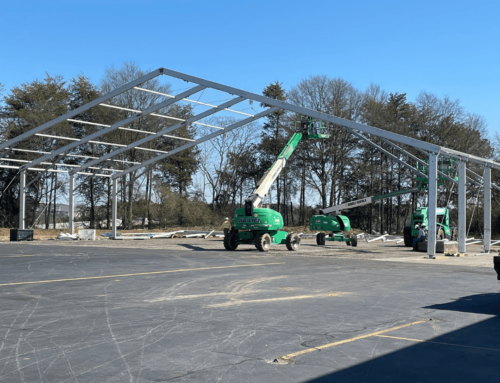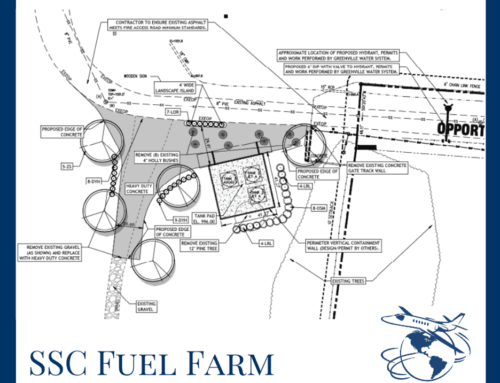by Craig Eichmeyer
 Air turbulence is something all pilots deal with from time to time. Pilots who choose to learn its causes, how it manifests itself and the types of situations, which produce it, are more likely to make positive decisions and take the necessary steps to ensure a safe and enjoyable flight. Turbulence is an irregular movement of air resulting from eddies and vertical currents. It is a very difficult weather event to predict and can vary from a mild irritation to a life-threatening situation.
Air turbulence is something all pilots deal with from time to time. Pilots who choose to learn its causes, how it manifests itself and the types of situations, which produce it, are more likely to make positive decisions and take the necessary steps to ensure a safe and enjoyable flight. Turbulence is an irregular movement of air resulting from eddies and vertical currents. It is a very difficult weather event to predict and can vary from a mild irritation to a life-threatening situation.
Turbulence is classed according to its severity as light, moderate, severe or extreme. Light turbulence is a very common occurrence, and is generally described as producing momentary, slight changes in altitude and/or attitude.
In moderate turbulence, pilots and passengers will experience a tightening against their restraint systems. Loose objects in the cockpit may begin to move about. The transition from light to moderate turbulence is not a clear-cut point, but now the fun level is definitely decreasing rapidly.
Severe turbulence can produce considerable changes in attitude, altitude, heading and airspeed. At moments, control of the aircraft may pass from the pilot to the weather; pilot and passengers will be thrown violently against their restraint systems. Any unsecured articles in the cockpit or baggage area will be on the move and may become quite dangerous to people and the aircraft itself.
Extreme turbulence is a situation none of us want to experience first-hand. During extreme turbulence we can expect violent changes in the aircraft’s attitude, altitude, heading and airspeed. Control of the aircraft may become impossible; structural damage may occur. Conditions of extreme turbulence are certainly to be avoided.
 Turbulence arises under four types of conditions or situations. Mechanical turbulence is produced when air passes over the ground, particularly irregular ground, and man made objects. When moving air passes over objects, the airflow is disrupted and eddies and vertical movements are produced. The harder the wind blows the more disturbed air will become. Mechanical turbulence will, of course, diminish with altitude and with distance,both vertical and horizontal, from geographic features.
Turbulence arises under four types of conditions or situations. Mechanical turbulence is produced when air passes over the ground, particularly irregular ground, and man made objects. When moving air passes over objects, the airflow is disrupted and eddies and vertical movements are produced. The harder the wind blows the more disturbed air will become. Mechanical turbulence will, of course, diminish with altitude and with distance,both vertical and horizontal, from geographic features.
Thermal turbulence is a result of differential ground heating. Various ground surfaces are affected differently by the radiant energy of the sun. Uneven terrain, for example hills and valleys, will produce areas of shade and direct exposure to the sun’s heating causing convective currents of differing magnitudes. The hotter the day, the greater the intensity of the effects. Thermal turbulence is, like mechanical turbulence, most severe at lower altitudes. Thermal turbulence is a common occurrence during the warmer months of summer.
Frontal turbulence is produced along the interface of moving air masses. As warmer air is forced up and over cooler air, friction between the two air masses creates a zone of turbulence that can vary from light to severe or even extreme in the event of thunderstorm production. Frontal turbulence is most often associated with cold fronts, but can be produced by warm fronts, as well.
Wind shear, a shift in wind direction or velocity at altitude, can produce significant turbulence. At high altitudes clear air turbulence can result along the margins of the jet stream and can be a severe hazard to aircraft and changing weather systems can often produce significant wind shear effects. Unfortunately, wind shear is not easily observed or predicted. For the most part, we must rely on pilot reports to FSS and ATC and may be our only way of knowing if wind shear is present.
Turbulence is part of the reality of our weather systems and part of the reality of aviation. It is important for pilots to understand turbulence and to have a good grounding in its causes and effects. Passenger safety and comfort is paramount and is something we all strive for. The use of resources such as ATC, PIREPS, weather briefing, high altitude charts, etc, should be used to plan for the safest and smoothest ride possible.





Leave A Comment